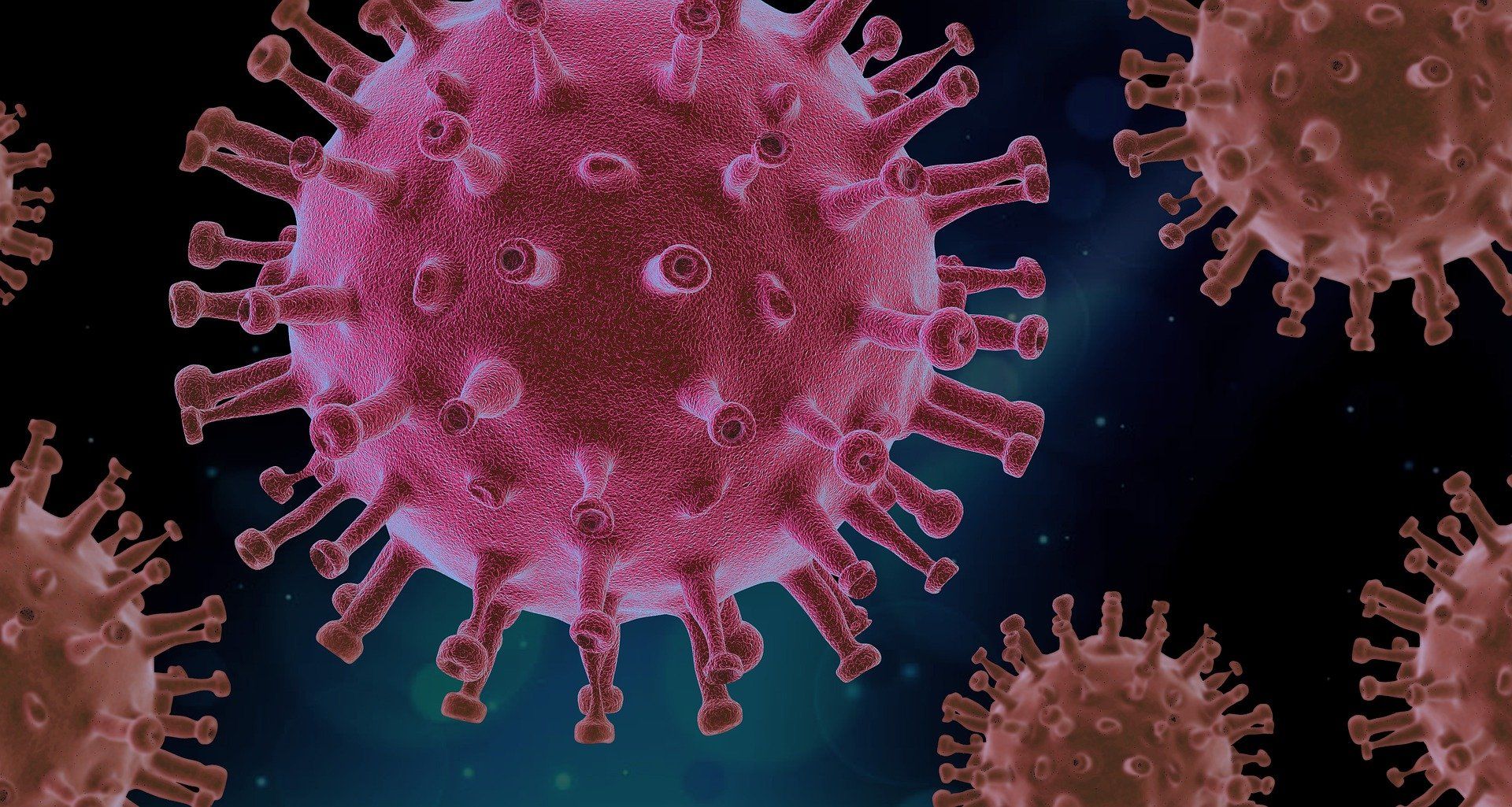India has been witness to the third wave of COVID-19 infections, which has largely been driven by the omicron variant. In this, the younger population has been more prone to contracting the coronavirus, as per the Indian Council of Medical Research (ICMR) survey into hospital data.
As per Dr Balram Bhargava, the director-general of ICMR, data from 37 hospitals across the country was analyzed. It was seen that in the second wave, the average age of hospitalization was 55, but in the first wave, it was 44.
Also Read | Russia to lift COVID-19 restrictions soon, despite record new cases: Putin
Dr Bhragava explained the clinical profiles of those hospitalized in the third wave, noting that there were a surprisingly high number of young people with co-morbidities. As per Hindustan Times, he said, “Having said that, the co-morbidities present in this younger population were pretty high. About 46 per cent had co-morbidities, these are the people who are younger…but nearly half of them had some co-morbidities”.
While the third wave is considered to be on the decline in India, medical professionals have pointed out that it has been significantly different from the Delta-driven second wave. Not only has there been lesser deaths than last time, but there have been some other distinctions too, as per the government data.
Also Read | Herd immunity ‘foolish idea’ against COVID, says WHO Chief Scientist: Report
Among the hospitalised COVID-infected individuals, the symptoms were seen in lesser proportions, during the third wave. Sore throat has been the most predominant symptom observed. Drugs were also used lesser and there were fewer complications in cases.
Also Read | Omicron BA. 2 now in 57 countries, makes up half of all sequences
On Thursday, the Union Health Ministry also observed that India’s 34 states and union territories have witnessed a decline in the number of COVID-19 cases as well as the positivity rate. With a contraction in the spreading of the virus, the pandemic situation has improved for the country. Official data shows that the fall in fatality rate is linked to the increased administration of COVID-19 vaccines.







